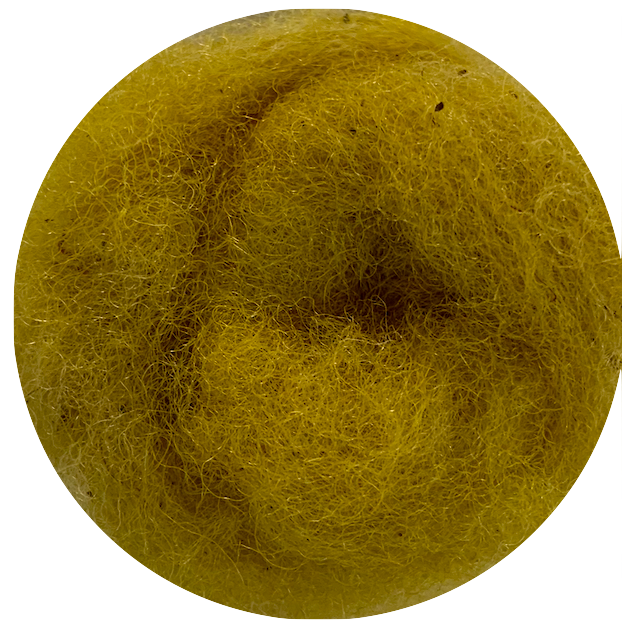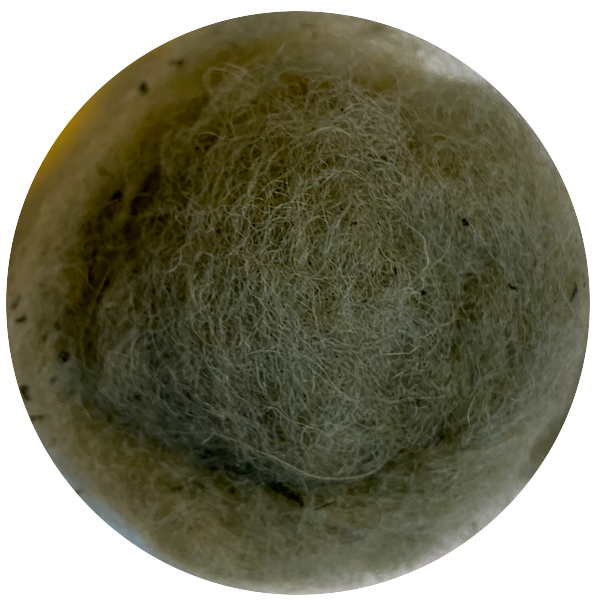dye material: plant or flowers
yellow | green | burgundy
St John’s Wort, or hypericum perforatum, is without a doubt most famous for its medicinal properties and its common use as a herbal supplement. However, this flowering, yellow plant should not be neglected in the world of colorful dyes. Its flowers can produce bright shades of yellows, greens and even maroons. The flowers of the plant are made up of five yellow petals with black glands around its edges.
The name St John’s wort refers to John the Baptist. The plant usually flowers around St John’s day on the 24th of June and it is believed that harvesting around this time makes the power of the plant more potent. There are also legends saying that red spots will appear on the flower on the day of John the Baptist’s beheading as a symbol of his blood. Furthermore, the plant is said to keep one safe against evil when hung over the door or if you keep it in your pocket.
So, St John’s wort is a plant with many powers – it grows easily and spreads widely. Originally it could mainly be found in Europe and in the Atlas region of North Africa, but has now spread worldwide.
St. John’s Wort can cause photosensitivity, making your skin more sensitive to sunlight. Therefore, be cautious when handling the plant, wear long sleeves and use sunscreen if you’ll be working with it on a sunny day.
[ IMAGE]
planting period
spring
(after the last frostdate)
harvest period
June -August
soil
the plant tolerates a wide range of soil types, however, it prefers a nutrient-rich slightly acidic soil
sun
full sun to partial shade
water
the plant prefers consistently moist soil, however, it is quite resistant to drought
planting
0,3cm deep
20-60cm apart
germination
sow the seeds directly onto the prepared soil, by scattering them over the planting area and just lightly dust them over with soil
maintenance
Saint John´s wort is a relatively low-maintenance plant. Still, the soil moisture should be monitored regularly to provide additional water during dry periods. Remove any weeds competing with the plant for nutrients and space.
plant harvest
use sharp scissors or pruning shears, and wear gloves to protect your hands. Harvest the top 15 cm of the flowering stems. This is where you’ll find the highest concentration of active compounds. (Avoid collecting the woody parts of the plant, which are not as potent.) When cutting, leave about 8cm of stem below the flower cluster. Use the plant matter right away or lay the cuttings on a clean, dry surface, in a well-ventilated area. Allow them to dry completely. This can take several days to a week. Once dried out, store it in an airtight container in a cool, dark place till use.



